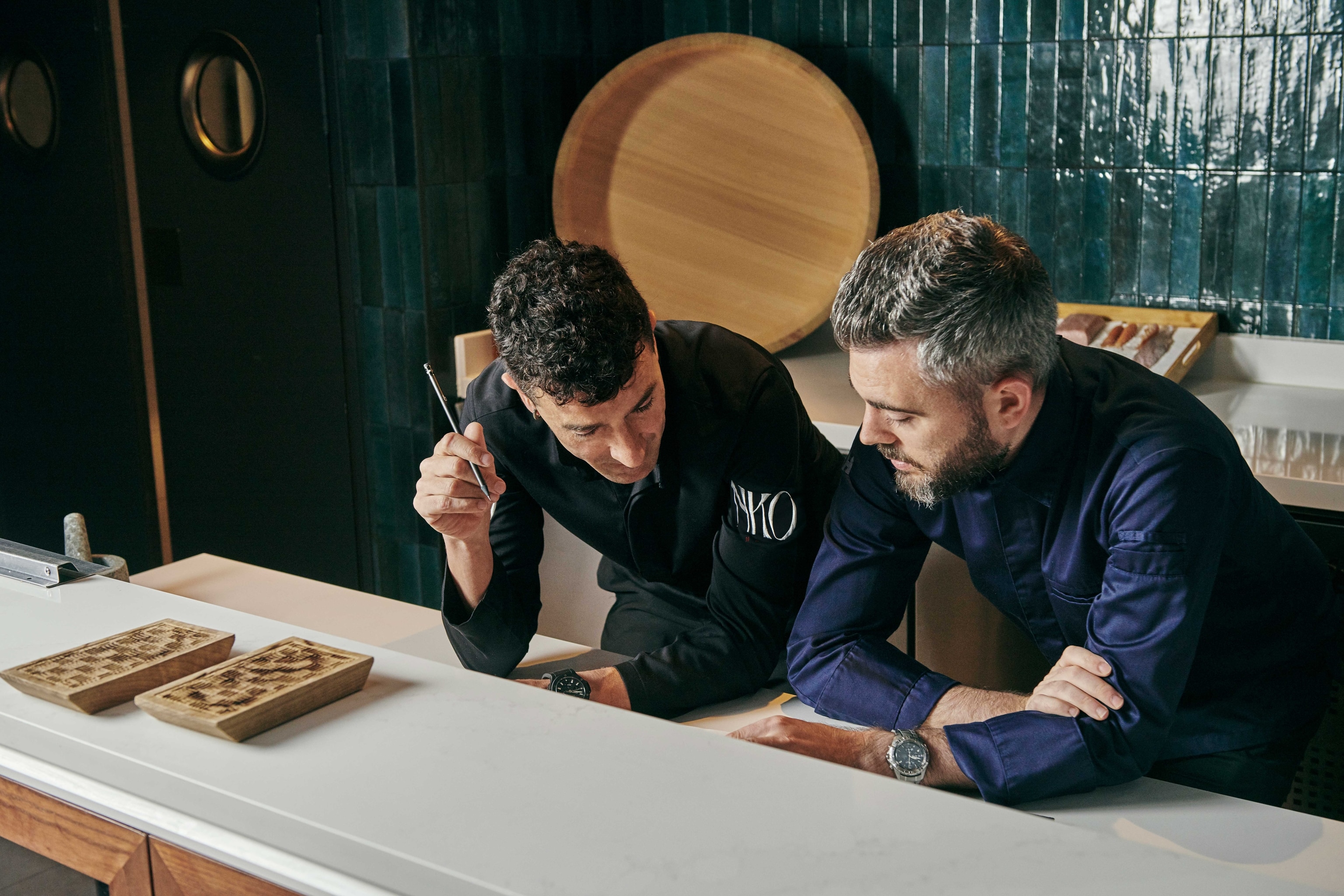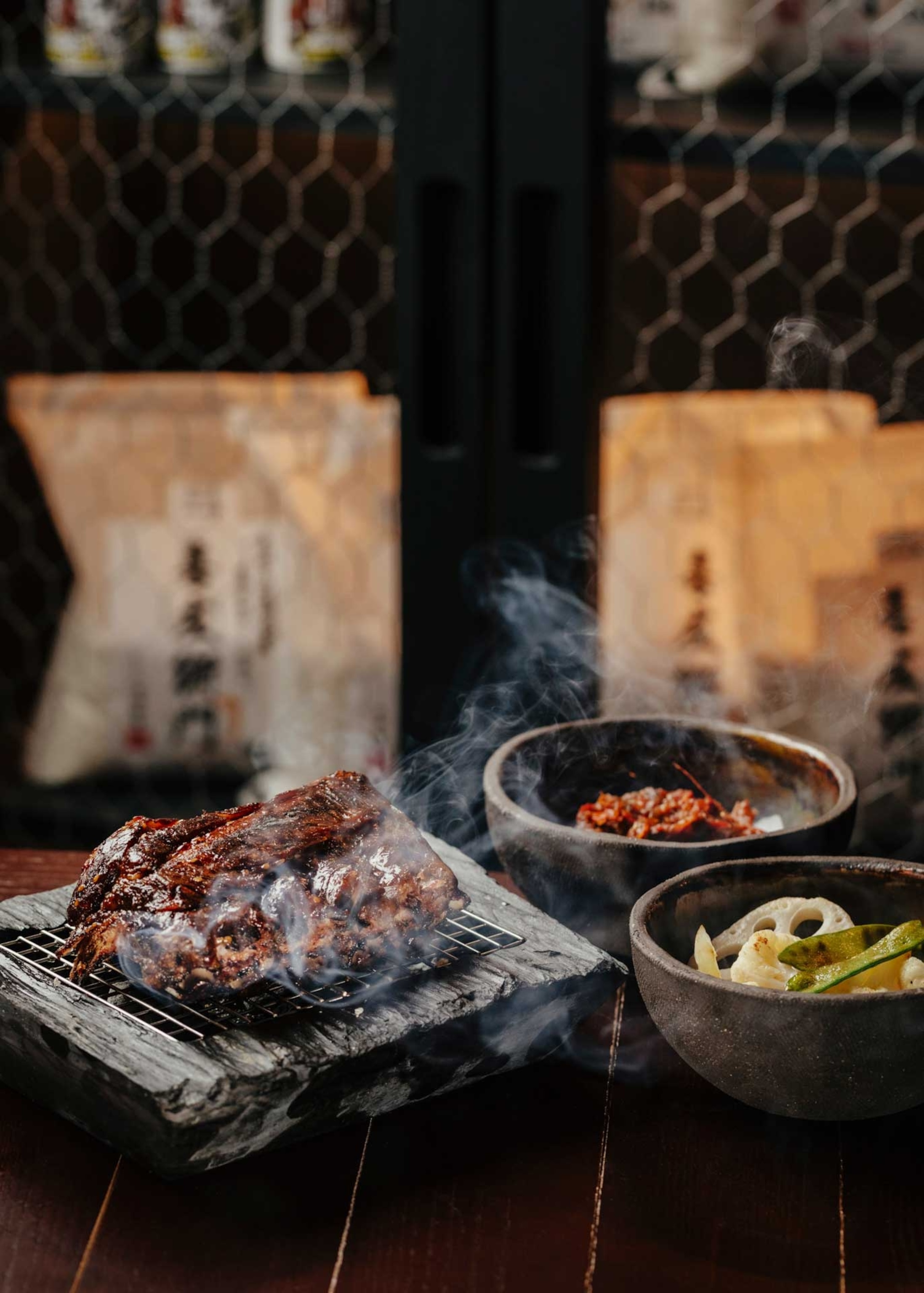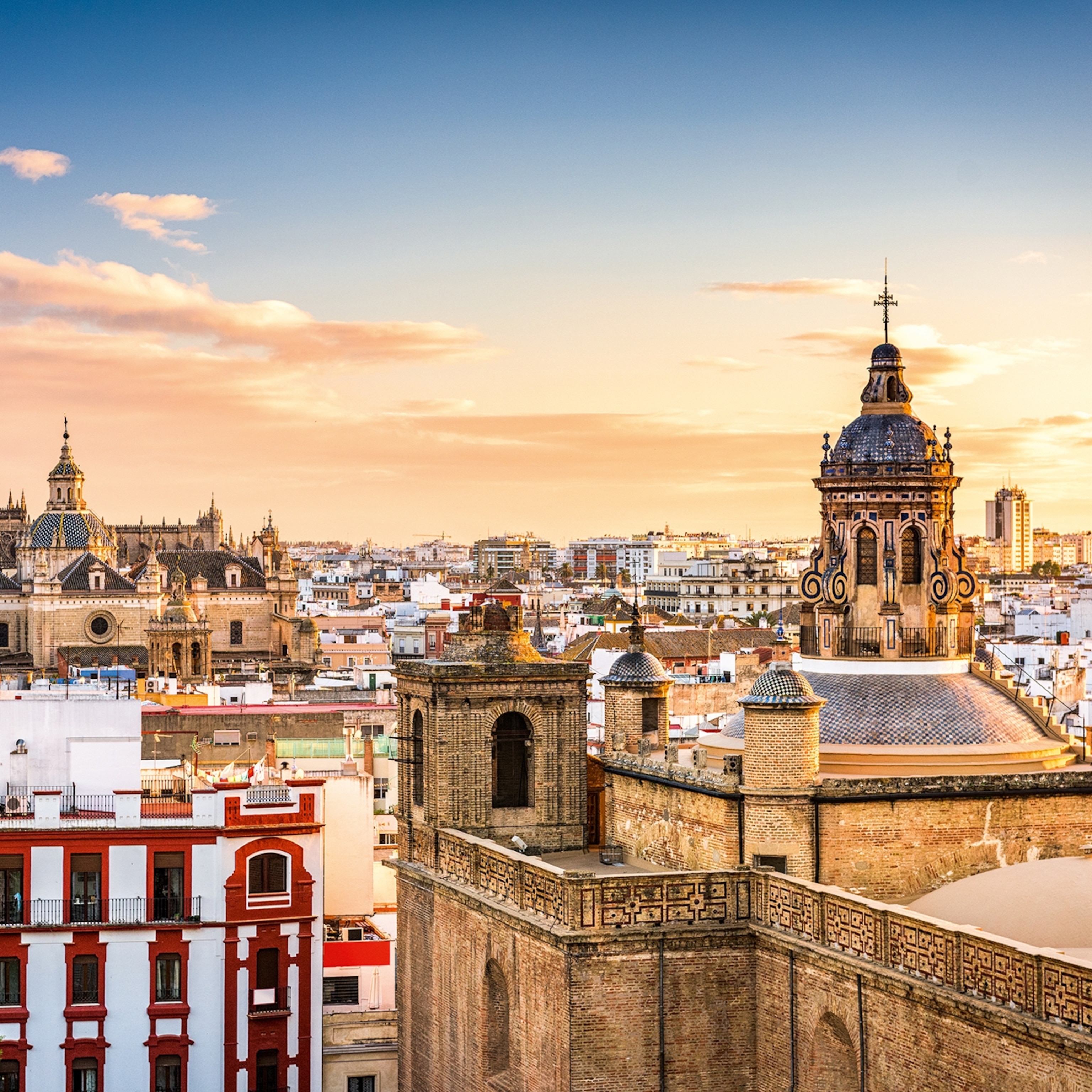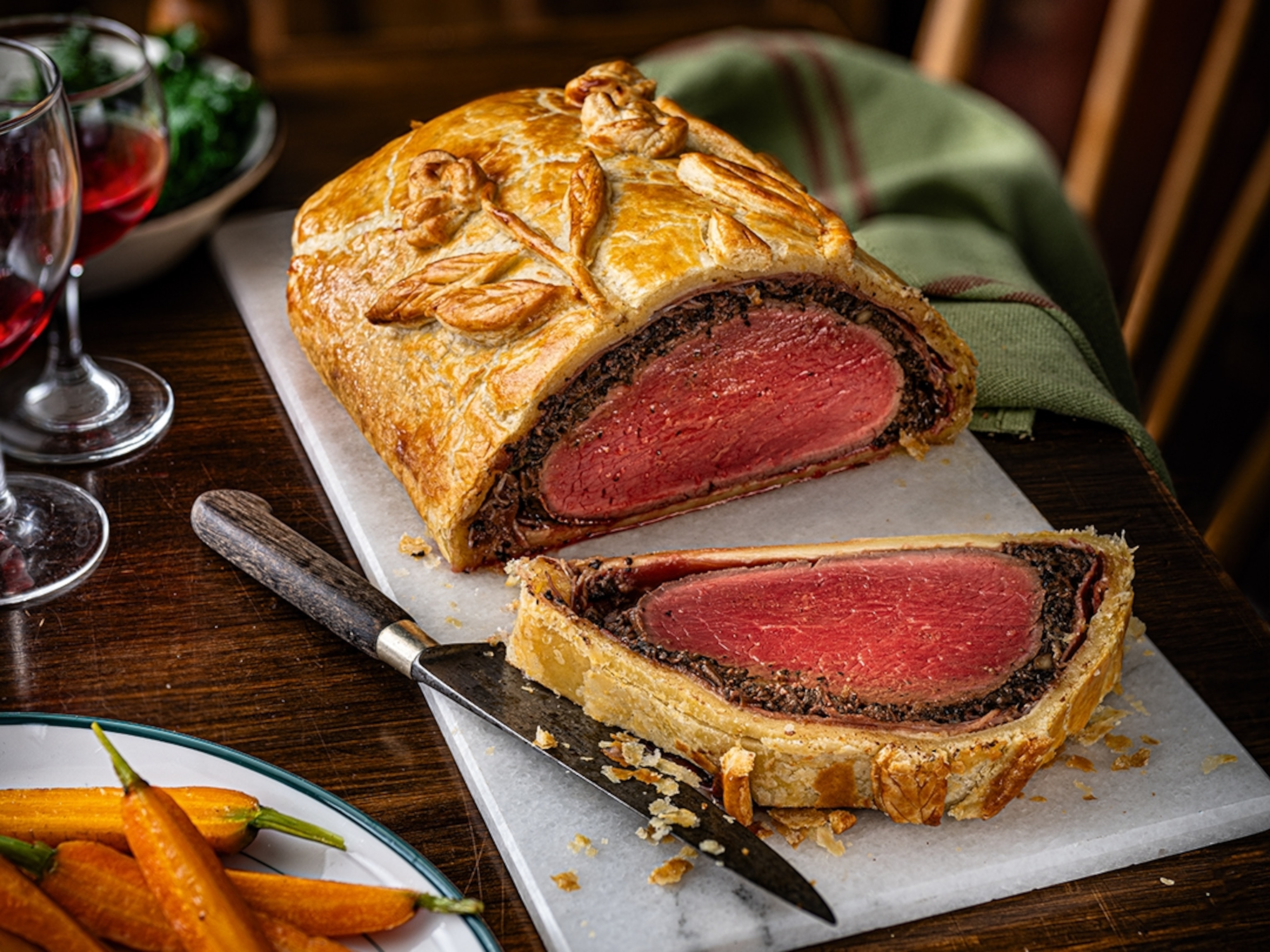Meet the chef combining Basque and Japanese culture and cuisine
Spain is a gastronomic powerhouse, famed worldwide for its punchy flavours and ingredients, from oak-aged wines to classic pintxos. But this traditional cuisine also lends itself brilliantly to fusion cooking, as legendary Basque-born chef Eneko Atxa explains.

Eneko Atxa thrives on innovation. As well as running the three-Michelin-star restaurant Azurmendi, the Spanish chef also runs a number of exciting fine dining restaurants, including NKO in Bilbao and Eneko Basque in Seville. While Eneko Basque serves flavours, textures, and aesthetics rooted in classic Basque cuisine, the offering at NKO is distinctly different. Basque and Japanese flavours are combined to create an innovative menu — including the likes of oxtail bao, Bilbao-style sardine nigiris and hake tempura — that gives travellers a new perspective on classic Spanish cuisine and demonstrates the power of food to connect cultures.

What are your earliest memories of cooking?
My love of food came from my mother and grandmother. You could say they inspired me more than my professional training. Long before I was drawn to cooking, what I really enjoyed was eating the food they had prepared. They taught me that the kitchen was the epicentre of the house — it was the place where everything happened, where we all met, where the older ones talked and the children listened and learned. That kitchen soundtrack, the sound of pans and games, I could say inspired me more than my official training.
NKO is a unique fusion of Basque and Japanese cuisine. What drew you to this combination?
Japan can seem like a very distant country, somewhere that’s very different from Spain in terms of its culture and tastes. But in developing the Eneko Tokyo restaurant, we came to understand the great similarities between the two country’s cuisines. They have tempura, we have our own fried dishes. They cook yakitori (skewered grilled chicken) over charcoal, we work over grills, too. They have nigiri sushi as finger food, we have our pintxos (small snacks served on skewers). It made us wonder whether both cuisines could merge to become something fun and exquisite. It opened the doors to the possibilities, and that's how NKO was born. We combine these flavours and cookery styles in dishes such as Basque cider and lime nigiri and bao buns filled with eel and anchovy from the Bay of Biscay.
There’s a real fusion between the two cultures as well. Just like the Basque country, in Japan the dining table is something more important than a mere object — it’s a meeting place. It works as the master of ceremonies to celebrate life, and this is something that I was really drawn to. I also really admire how well the Japanese take care of their farmers, fishermen and other artisans. They have enormous respect for them, and I wanted to bring that respect to NKO.


What do you hope that people take away from your restaurants?
Put simply, the Basque country is my land; it’s where I find all the inspiration for what I do and I love to share this with visitors. People come from all over the world to visit the city, so what I try to offer them is part of the Basque territory, part of our history, in the form of food.
Azurmendi has twice been named the world’s most sustainable restaurant by the World’s 50 Best Restaurants awards. How important is it for a restaurant to be environmentally responsible these days?
It’s essential. People obviously know us for our gastronomy, but this has to be done in the most sustainable way possible. In our case, we’ve done it by checking the ingredients, checking the people who are behind the ingredients and making sure we only work with the most responsible producers.
What are your aims when you develop a new menu?
I like looking for beauty in all its different forms, whether that’s through flavours or aesthetics. The aim with every bite is to experience something that goes beyond food. The stories and provenance behind each individual ingredient might sometimes seem invisible, but they’re always implicit in the products we cook with. Long before our stoves are lit, our dishes begin with the farmers, fisherfolk and artisans who cultivate produce for us.
Then there's the other side, the collaborations. I've worked with Radisson Collection since 2021, when we launched our first Eneko Basque concept at the Magdalena Plaza Seville. The collaboration came about as a kind of symbiotic relationship based on our desire to bring our menus to new cities and Radisson's commitment to quality gastronomy. We're even working together on curating day tours from the Gran Via Bilbao that will allow visitors to discover authentic Basque tastes and experiences throughout the Bilbao, San Sebastian and Rioja regions. This will help them further understand the culinary inspiration that can come from this land.

Eneko’s top four kitchen staples
1. Teardrop peas
These peas grow in the spring and they’re magnificent — so sweet and delicate. This year we’re making a pea and flower pie at Azurmendi that showcases them really well.
2. Organic hen’s eggs
One of our most iconic dishes is truffled egg yolk – it’s prepared right in front of the customer and has a fantastic taste.
3. Cantabrian lobster
This is an ingredient we’ve worked with for a long time in my kitchens. We serve it roasted and peeled on grilled pepper juice, it’s a must-try.
4. Sheep’s milk
Such a versatile ingredient that can be used for both savoury dishes and traditional desserts. My personal favourite is to use it in curd with herbs and honey kakigori (a Japanese dessert of flavoured shaved ice).
Radisson Collection offers luxury accommodation experiences in both Bilbao and Seville. Bilbao can be reached by direct flight from Gatwick (1h 50m) or by ferry from Portsmouth; Seville can be reached by direct flight from various London airports (2h 50m). For more information, go to radissonhotels.com/collection






